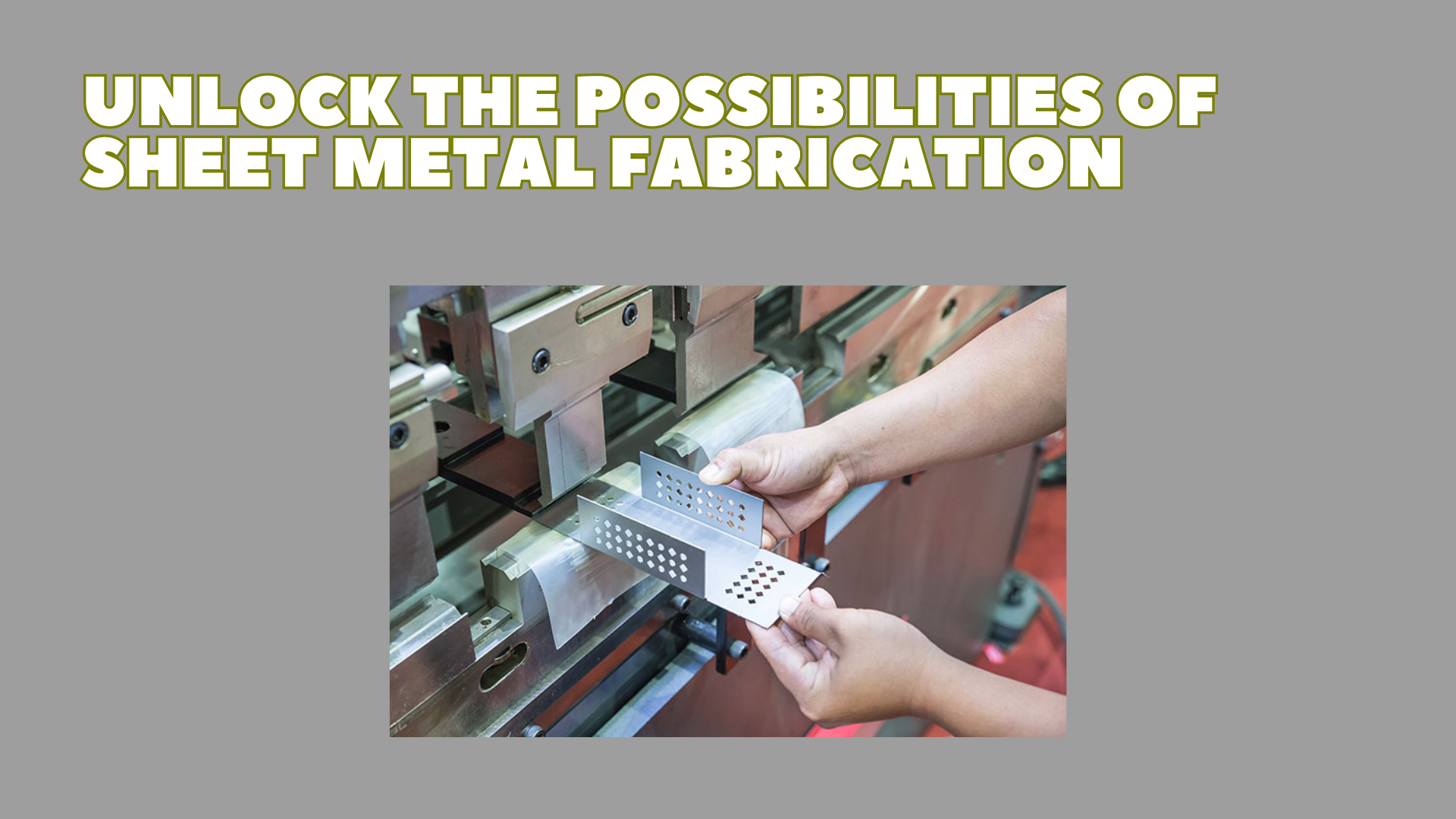Sheet metal fabrication is an engineering marvel that bridges the gap between raw material and finished product, offering a versatile solution for a multitude of industries. From automotive to aerospace, construction to consumer electronics, the applications of sheet metal are vast and varied. But what exactly makes sheet metal fabrication so indispensable? Let’s explore the possibilities it unlocks and why it’s a cornerstone of modern manufacturing.
The Basics of Sheet Metal Fabrication
Sheet metal fabrication involves the cutting, bending, and shaping of metal sheets to create a wide range of products. The process typically starts with a flat piece of metal, which is then manipulated through various techniques such as laser cutting, punching, bending, and welding. The result is a custom-made part or product that meets precise specifications.
Versatility and Customization
One of the most significant advantages of sheet metal fabrication is its versatility. Sheet metal can be transformed into virtually any shape, size, or configuration, making it suitable for a diverse array of applications. Whether you need a simple bracket or a complex assembly, sheet metal fabrication can deliver.
Customization is another key benefit. With advanced fabrication techniques, manufacturers can produce highly customized parts that meet exact design requirements. This level of precision is crucial in industries like aerospace and medical devices, where even the smallest deviation can have significant consequences.
Material Choices
Sheet metal fabrication offers a broad spectrum of material choices, each with unique properties suited to different applications. Common materials include:
- Steel: Known for its strength and durability, steel is ideal for heavy-duty applications.
- Aluminum: Lightweight and resistant to corrosion, aluminum is perfect for products where weight is a concern.
- Stainless Steel: Combining strength and corrosion resistance, stainless steel is used in environments where both are critical.
- Copper and Brass: These materials offer excellent electrical conductivity and are often used in electrical and decorative applications.
Precision and Efficiency
Modern sheet metal fabrication relies heavily on computer-aided design (CAD) and computer-aided manufacturing (CAM) technologies. These tools enable manufacturers to create highly accurate designs and streamline the production process. CNC machines, laser cutters, and robotic arms ensure that each piece is crafted with pinpoint precision, reducing errors and waste.
Cost-Effectiveness
Despite the high-tech equipment involved, sheet metal fabrication can be surprisingly cost-effective. The ability to mass-produce parts with consistent quality lowers the overall production costs. Additionally, the use of durable materials ensures long-lasting products, reducing the need for frequent replacements.
Applications Across Industries
The applications of sheet metal fabrication are nearly endless. Here are just a few examples:
- Automotive: From chassis components to intricate engine parts, sheet metal is fundamental in vehicle manufacturing.
- Aerospace: Lightweight yet strong, fabricated sheet metal is crucial for aircraft frames, wings, and other critical components.
- Construction: Roofing, HVAC systems, and structural components often rely on sheet metal for durability and precision.
- Electronics: Enclosures, brackets, and heat sinks are just a few examples of how sheet metal is used in electronic devices.
Innovation and Future Trends
The field of sheet metal fabrication is continuously evolving, driven by technological advancements and industry demands. Emerging trends include:
- 3D Printing: Combining 3D printing with traditional fabrication techniques opens up new possibilities for complex geometries and rapid prototyping.
- Sustainability: Eco-friendly practices, such as recycling and using greener materials, are becoming increasingly important.
- Automation: Advances in robotics and AI are further automating the fabrication process, improving efficiency and consistency.
Conclusion
Sheet metal fabrication is more than just a manufacturing process; it’s a gateway to innovation and efficiency across various industries. Its ability to produce precise, durable, and customized components makes it an invaluable asset. As technology continues to advance, the possibilities for sheet metal fabrication will only expand, unlocking new opportunities and driving progress in countless fields. Embrace the potential of sheet metal fabrication and discover how it can transform your projects and ideas into reality.









